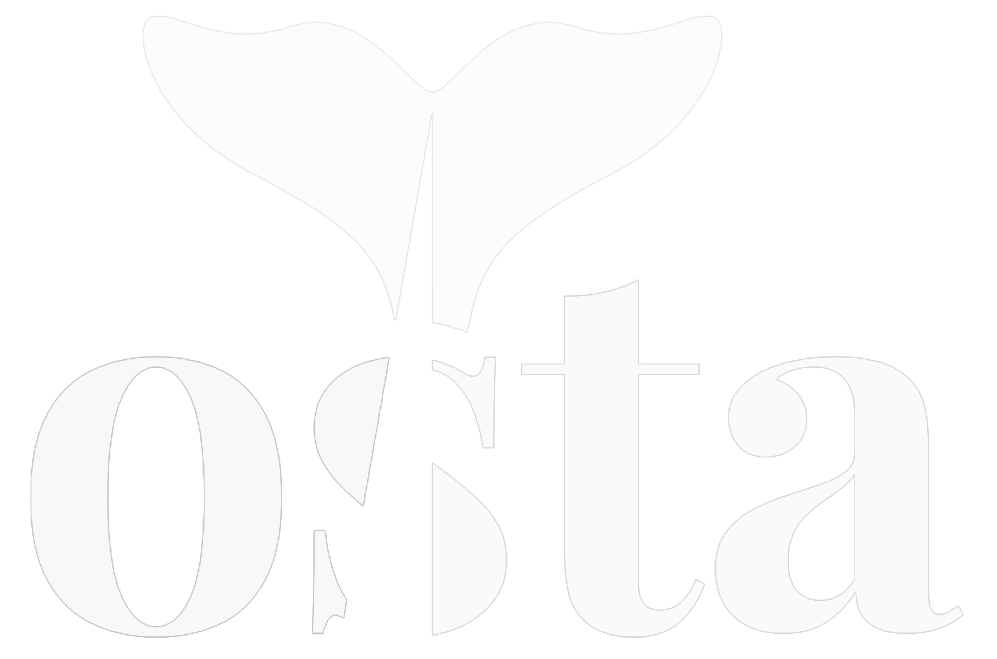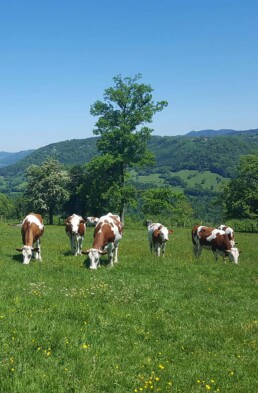Navigating Animal Hardships
Reversing the Decline in Pasture Access from 93% to 60.3% For Happier Dairy Cows in Flanders
Over the past decade, there has been a significant decline in pasture access for dairy cows in Flanders, from 93% to 60.3%. This drop, equating to a decrease in grazing dairy cows from 315,809 to 203,748, is attributed to various issues such as land fragmentation leading to smaller pastures, and challenges like milk robots, diet fluctuations, and optimizing manure utilization. To reverse this trend, it’s crucial to consider strategies like those employed in the Netherlands, which include financial incentives for grazing, specialized coaching programs, and educational initiatives.
Decline in Grazing Rates
Recent surveys in Flanders have reported a concerning decline in grazing practices. Over the span of a decade, the proportion of grazing dairy cows in Flanders has steeply decreased from approximately 93% to 60.3%. [1] Considering the dairy cow population in Flanders is around 339,580 [2] this means the number of cows allowed to graze has fallen from 315,809 to 203,748.
In contrast, the Netherlands maintains a higher and more stable grazing rate, with 83.9% of dairy cows grazing as of 2022. Grazing rates in Wallonia also remain significantly higher.[3]
The decline in grazing in Flanders is tied to issues such as the fragmentation of land parcels, which leads to smaller home pastures. Over the past 15 years, the density of cows per hectare of home pasture among grazers has noticeably increased from 3.5 to 7.9. To qualify for the pasture milk certificate, a maximum of 10 dairy cows per hectare must be maintained. With the increasing cow density and smaller pastures, it has become challenging for many farms to meet this requirement. As a result, it is understandable why many farms opt to confine their cattle instead of allowing them to graze. [4]
Farmers have cited several reasons for not grazing their cows. These include challenges associated with milk robots (33% of respondents), a wish to avoid diet fluctuations (33%), insufficient size of home pastures (29%), optimizing manure utilization and transport efficiency (29%), and the need for home pastures to rotate with arable land. [5]
Optimizing Pasture Grazing: A Blueprint for Dairy Farms in Flanders
In Flanders, it’s mandatory for all cows to have access to pasture grazing for a minimum duration to earn the certification from MCC (Melkcontrolecentrum Vlaanderen), the Flemish certification center for grazing. This certification is essential for obtaining the Dutch Meadow Milk label, provided by Stichting Weidegang, the Dutch Meadow Milk Fund.
Meadow milk is sourced from farms where cows are allowed to graze in the pasture for at least 120 days annually, for 6 hours daily, from spring through fall. Although it’s not a common practice for cows to graze continuously from spring to fall, dairy farmers may allow grazing for at least 120 days and a minimum of 720 hours per year. This flexibility enables adjustments based on grass availability, potentially allowing for grazing over fewer hours daily but extending across more days.[6]
In 2022, 45% of Flemish dairy farmers applied for the meadow milk label.[7] Alternatively, in partial grazing, at least 25% of the herd must graze for a minimum of 120 days annually. During winter, cows remain in the barn due to insufficient grass growth and wet ground conditions.[8]
Drawing inspiration from the Netherlands’ Grazing Convenant established in 2012, where 83 parties have signed the Covenant to endorse and promote grazing, similar efforts can be launched in Flanders to encourage pasture grazing. In the Netherlands:
- Dairy farms offering grazing receive a premium paid by dairy companies, averaging € 1.60 per 100 kilograms of milk, incentivizing full grazing implementation.[9]
- The New Grazers guidance program provides specialized coaching for dairy farmers transitioning to grazing, offering support and tips over two seasons.
- The Amazing Grazing project focuses on implementing scientific knowledge and solutions in grazing practices, addressing aspects such as grass growth, intake, and cow behavior.
- Renewed emphasis on grazing in education includes the appointment of a Grazing Lecturer in 2016 to transfer knowledge to agricultural education institutions, focusing on decision-making processes and technical aspects for future dairy farmers.[10]
The adherence to pasture grazing is ensured through audits by an independent party, Qlip, which conducts physical and administrative checks, including verification of grazing calendars and on-site inspections, supplemented by digital grazing registration systems.[11]
Impact if the Optimal Reality is Realized:
135,832 Animals
135,832 Cows
__
Based on the provided information, the total dairy cow population in Flanders is around 339,580. Currently, only 60.3% of these cows, or about 203,748 cows, are allowed to graze. Therefore, the number of cows that are not currently grazing is the total cow population minus the grazing cows, which equals 135,832 (339,580 – 203,748). If all dairy cows were to graze, it would mean that an additional 135,832 cows would be grazing.
[1] P. Van Rumst, A. Schellekens, K. Piccart, and T. Cloet, et al., ‘WeideWijs Future-oriented Grazing in Flanders Project’ (Information brochures, August 2023) 4.
[2] Flemish Department of Agriculture and Fisheries, Livestock 2022.
[3] Ibid. Flemish Grazing Project (n 1) 3.
[4] Ibid. (n 1) 5.
[5] Ibid. (n 1) 5.
[6] Weidemelk Foundation, ‘Wat is weidemelk?’ www.weidemelk.nl/nl
[7] Ibid. Flemish Grazing Project (n 1) 4.
[8] Sustainable Dairy Chain, Weidegang Fact Sheet, 1, www.duurzamezuivelketen.nl/resources/uploads/2019/03/Factsheet_Weidegang_2019.pdf
[9] Ibid. Weidegang Fact Sheet, 2.
[10] Ibid. 2.
[11] Ibid. 3.


